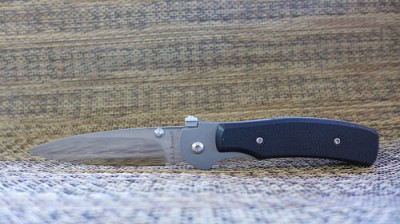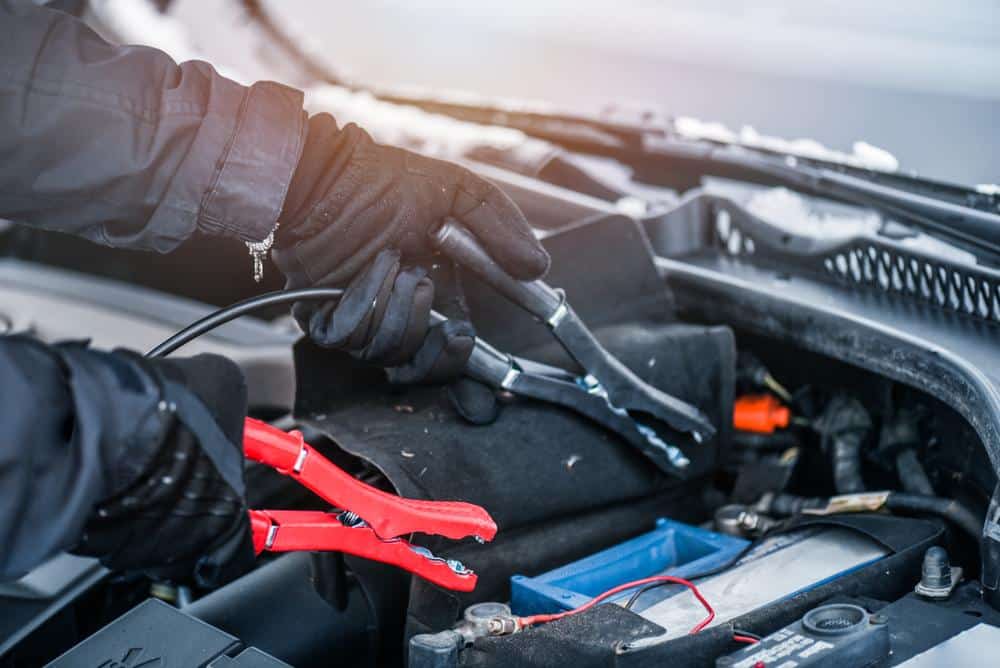I have had a passion for cutlery since I was about 8 years old, and have endeavored to learn as much as I possibly can about them ever since. In fact, my passion has resulted in me writing quite a lot about knives over the years.
Of course, writing about them is not the same as using them! Thus, as an avid wilderness survivalist, I have come to the conclusion that, contrary to popular belief, there is simply no such thing as a single, do-it-all, survival knife. I now view my survival knives as a system. I now carry:
- A large, heavy duty, chopper meant to replace a hatchet.
- A somewhat smaller field knife.
- A significantly smaller fixed-blade utility knife to enable me to perform all of the jobs that I find necessary in the field.
(Stay tuned for specific suggestions.)
Large, Heavy Duty Chopper
For instance, to an experienced wilderness survivalist, saplings are the single most important building material available because they are used for building shelters, traps, snares and hunting tools such as an atlatl and darts or a self bow and arrows. The ability to cut down and shape saplings is of major importance, but it has also been my experience that the average survival knife is woefully inadequate for this task, and the indigenous peoples of Thailand, Malaysia and the Philippines have apparently discovered this as well — since they have a number of different knife designs meant specifically for chopping woody plants. They have different designs such as the enep, the parang, the parang changdong, the barong, the bolo and the Golok that are made for cutting the woody plants that inhabit the jungles where they live, as opposed to the machete, which is a cutting tool designed to cut the soft plants of the South American jungles. Thus, for cutting woody plants, you need a knife with a very thick spine instead of a thin one — and you need a weight-forward blade design. Although any such design could range from 8 to 24 inches in length, for the purpose of wilderness survival, knives with blades in the 10- to 14-inch range tend to work best with the shorter blades, providing a little more control and the longer blades providing more power for deeper cuts.
Restore Your Old Blades To A Razor’s Edge In Just Seconds!
After looking at numerous American versions of various ethnic knife designs, I have chosen a version of the Thai enep made by Kershaw Knives called the “Camp 10” that features a 10-inch blade made from 65Mn high carbon steel, which I find is capable of performing any job that a hatchet is, as well as some that it’s not. There are several other knives, such as the Entrek Destroyer, the Fox Knives Parang XL, the Bark River Knives Grasso Bolo III, the Ontario Knife Company Bolo, the SOG Jungle Bolo, and the Cold Steel Smatchet, that will also fill this niche quite well.
Smaller Field Knife

But there are some jobs for which my Camp 10 is simply too large and thus, I also find it useful to carry a large camp knife. For this purpose, I prefer a large, heavy duty knife with a thick spine and a blade with a length that ranges 6-9 inches — with 8 inches being my ideal length — either a clip point or a drop point design with a flat grind for superior sharpness or a saber grind with a high primary bevel line for a tough edge. My personal choice in a camp knife is a knife designed by A.G. Russell that that features an 8-inch recurved blade design made from AUS-8 stainless steel with a Rockwell hardness of 57 to 59. Therefore, I use this knife as my general purpose knife to handle most of my cutting tasks but, once again, there are several other knives that will serve this purpose well, such as the Fallkniven Odin, the Cold Steel Recon Scout, the Cold Steel Survival Rescue Knife, the Bark River Knives Bravo II, the Randall’s Adventure Training ESEE-6 and the KA-BAR/Becker Combat Bowie.
Utility Knife
But once again, there are some jobs for which even that knife is simply too large. So I also find it useful to carry either a smaller fixed blade knife with a blade length of 3 1/2 inches to 4 inches, or a large folding knife with the same length blade, because I use this knife for any small cutting jobs that require that I maintain extra fine control over the blade as well as using it as a hunting knife for removing the hide from the game animals I catch in my traps and snares — and for gutting and removing the heads from the fish that I catch. It performs exceptionally well when cutting the notches in the sticks that I use to make traps and snares as well as when making a DIY spear or atlatls and darts. I also carry an A.G. Russell Laplander, which features a 3 7/8 fixed blade made from A-2 high carbon tool steel with a Rockwell hardness of 59 to 61 which will take and hold an exceptionally fine edge. But, some other knives that would also serve well in this capacity are the Fallkniven Pilot Survival Knife, the Entrek Javelina, SOG Field Pup, the Kershaw Diskin Hunter, the Randall’s Adventure Training ESSE-4 and the Tops Tennessee Tickler.
Final Thoughts
By carrying three different survival knives on a military surplus utility belt instead of just a single one along with my survival kit and canteens, I find that I am extremely well-prepared to handle nearly anything the wilderness can pit against me, because my three-part survival knife system gives me the ability to build shelters, make hunting tools, and obtain and process food. The concept of a single, do-it-all survival knife simply does not work for me because I find that survival knives are like golf clubs: You simply must have more than one!
Do you agree or disagree? What would be your three knives? Share your thoughts in the section below:
Learn How To ‘Live Off The Land’ With Just Your Gun. Read More Here.










